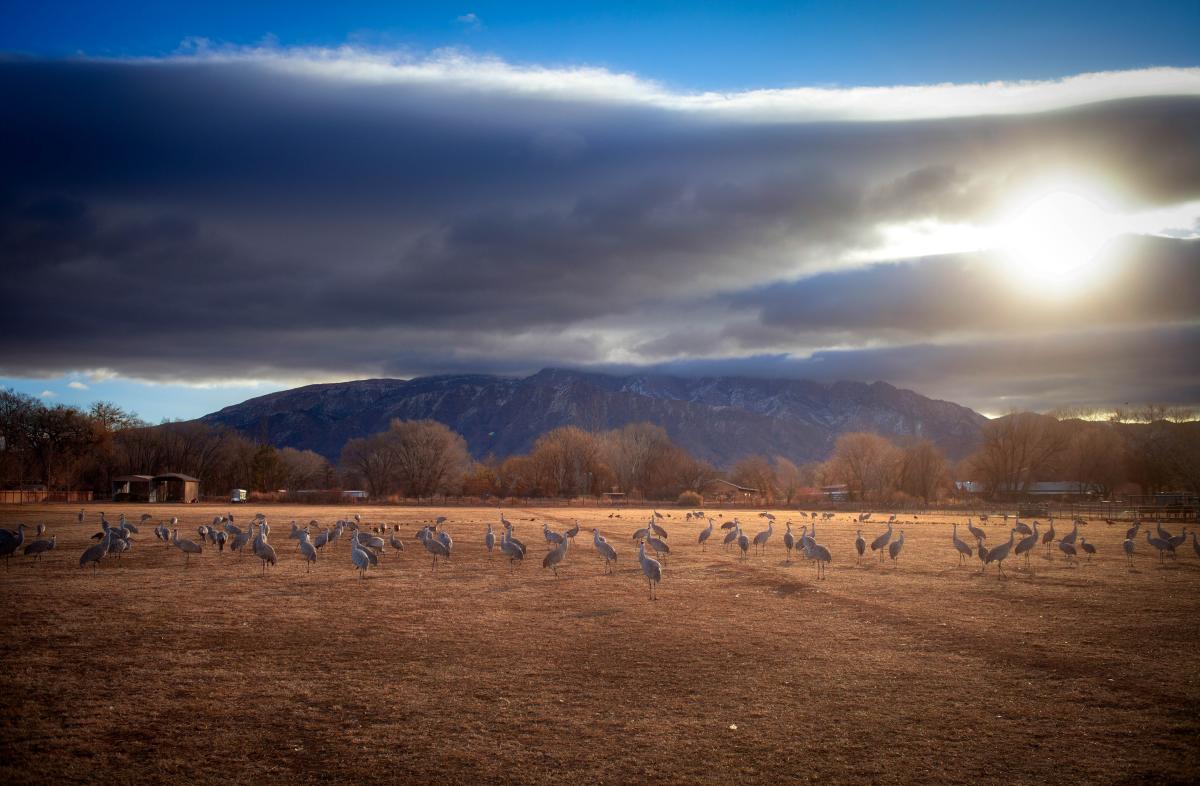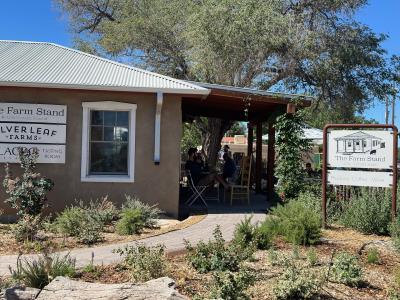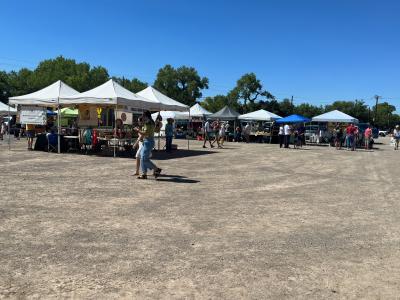
MRGCD Announce Start of 2024 Irrigation Season
Water managers at the Middle Rio Grande Conservancy District are preparing for the upcoming irrigation season in the middle valley, which will commence earlier compared to last year. Beginning Monday, February 26, MRGCD water managers will start charging, flushing and ensuring proper operation of canals.
“Our team spends the off-season tackling major infrastructure projects, maintaining district facilities and monitoring winter weather conditions, which can have a major impact on the irrigation season. The process of charging not only flushes the canals for more efficient water delivery but also can reveal infrastructure issues that we must address before we start water deliveries,” said Matt Martinez, water distribution division manager for MRGCD.
The start of the irrigation season varies due to several factors, including water availability, weather and soil conditions, Pueblo and water user needs and the Rio Grande Compact. On Monday, MRGCD will open diversions at Cochiti, Angostura and Isleta to begin charging the irrigation system. The Socorro Division will use drain water and return flows to begin its season. This marks the first occasion when water will flow in the newly concrete-lined section of the Socorro Main Canal, which is part of a greater effort to line more canals to improve operational efficiency.
Irrigation deliveries will begin on a limited basis after all main canals have been charged, which likely will be around mid-March. According to Martinez, irrigators and farmers in the north are not expected to request much water until late March or early April, but it depends on crops, soils, and weather conditions. Typically, the demand surges in early April, with most water users looking for their first delivery, however processing deliveries always depends on available water supply.
During the February MRGCD board meeting, water operations division manager, Anne Marken, reported that snowpack conditions in all basins but the Rio Grande Headwaters are above the 30-year median. She also emphasized the importance of the need for more accumulation in the next couple of months, which is imperative for a good spring runoff. “MRGCD will have limited ability to augment low river flows after spring runoff is over. As always, we will closely watch and hope for summertime rainstorms, as without them middle Rio Grande irrigators should expect limited irrigation deliveries in the summer and fall months,” said Marken.
Middle valley water users should be aware that MRGCD has enough flow to start up with, and to deliver water to farms, but it must be carefully managed. Although water is being delivered earlier than in recent years, water managers and users must continue to be conservative with water use.
If water users have questions about their property status, the process for scheduling water, infrastructure concerns or other topics, they are encouraged to visit MRGCD’s website www.mrgcd.com for information on who to contact at MRGCD.
GRANT INFORMATION
New Funding Opportunity for New Mexico
Farmers, Ranchers and Agricultural Producers
Application opens March 25, 2024
April 24, 2024 5 PM Deadline to submit applications
Farm to Table's (FTT) New Mexico Farmer Innovation Program (NMFIP) is pleased to announce that the Request for Applications (RFA) for the Urban Agriculture Initiative Micro-Grant funding opportunity is now open. If you are a small farmer, rancher or agricultural producer who sells your products in an urban market in New Mexico you may be eligible to apply for a non-matching grant.
The goal of this grant program is to improve access to healthy food in urban markets, Tribal communities, and small towns across New Mexico. The grants are competitive, and will be awarded in amounts of up to $20,000 based on eligibility and merit, for projects that take place in 2024. Priority will be given to unders served producers and projects which impact underserved communities.
For more information go to: https://farmtotablenm.org/farmer-innovation-program-micro-grants/
Agriculture has long been a tradition in the Village of Corrales. Though the fields appear to be empty, there's still local produce available. Corrales also has locally brewed beer and locally roasted coffee. Support and enjoy the local flavors of Corrales.
Find local produce at:


Corrales Grower's Market HOLIDAY MARKETS NOV 19 AND DEC 17 11 AM - 12 PM
500 Jones Road (next to the Post Office at 4101 Corrales Road)
Winter hours - first Sunday of Each month beginning in December through April 11 AM - 1 PM
Visit their website HERE
The Farmland Preservation and Agriculture Commission (FPAC) was formed to assist the Village in preserving farmland, open space, and view sheds, and to support agriculture and preserve the agricultural characteristic of the Village. The Commission is also charged with assisting in the local production and marketing of agricultural products for Corrales citizens.
The FPAC has successfully led the passage of two bond issues designated for the purchase of conservation easements on agricultural land and open space with overwhelming voter support. These bonds have resulted in the preservation of nearly 70 acres of farmland and open space. Since 2020 residential development is increasing once again, and farmland and open space have been rapidly disappearing. Now is the critical time to save our remaining farmland and open space forever. FPAC introduced a third land preservation bond proposal to the Village Council in July. The Council approved the proposal, and Corrales residents approved it during the election held November 7, 2023. If you would like to see some of the properties in Corrales currently listed with NM Land Conservancy, please visit: https://nmlandconservancy.org/projects/northwest. Below are some frequently asked questions. If you have additional questions, please do not hesitate to reach out to Commission Chair Lisa Brown (lisadb [at] q.com).
